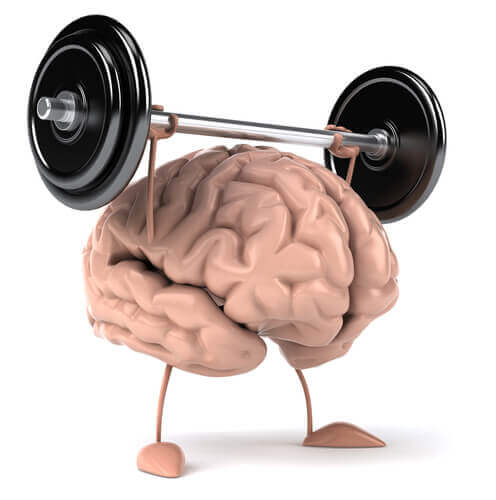Boost your brain with this technique!
By Yannick27 December 2016
One of the goals of scientific research is to look for new ways to improve our lives. We look for new cures for diseases, we create new technology to make our lives easier and we try to find ways of becoming smarter or better at certain skills. “Increasing the capacity” of the brain is exactly what
cognitive enhancers do. There are many cognitive enhancement techniques that are safe to use. Nowadays you can just pop a pill (e.g. modafinil) to boost your focus, but there are more ways of achieving cognitive enhancement, which does not involve drugs. One of these techniques is called transcranial Direct Current Stimulation (tDCS).
The mechanism behind tDCS
Transcranial Direct Current Stimulation (tDCS) is a non-invasive brain stimulation technique, that delivers weak, direct electric current (which is a unidirectional flow of electric charge) through two scalp electrodes, leading to cortical hypo- or hyperpolarization of neurons (Lapenta et al., 2014). When neurons get hypopolarized they are closer to their fire-threshold, making them more likely to fire. The opposite goes for hyperpolarization: neurons move away from their fire-threshold, making them less likely to fire. There are two types of stimulation: anodal and cathodal. When anodal stimulation is used electrons flow into the electrode on the head, which pulls neurons a few millivolts towards hypolarization, lowering their threshold to fire. So anodal stimulation makes neurons more likely to fire. Cathodal stimulation is the opposite of the anodal stimulation. With cathodal stimulation, electrons flow out of the electrode on the head, which causes neurons to hyperpolarize. This hyperpolarization makes them less responsive to signals and so the neurons will fire less easily. The effects of this hypolarization and hyperpolarization can last for more than an hour.
Transcranial direct current stimulation as a cognitive enhancer![Brain booster]()
In 2000, research showed that up to five minutes of weak current - around 1 milliamp, which is 1/7500th of an AA battery - on the human scalp renders the motor cortex more responsive to signals for several minutes after the electricity shut off. Also, evidence has been found that the current running through the head increases the expression of proteins called NMDA receptors at the synapses between neurons. This leads to temporarily heightened plasticity of brain tissue. Since new connections are more easily made, the brain is temporarily in a state of easy learning. In a 2009 study, people's ability to learn a simple coordination exercise improved after tDCS. That improvement was still apparent three months after the experiment ended.
Transcranial direct current stimulation on healthy people
Transcranial direct current stimulation is on its way to becoming a technique which is free to use for everyone who wants to. There might even come some sort of device, a so-called 'thinking cap', which uses tDCS to boost the creativity of, for example, corporate executives or commercial-makers. Allan Snyder's (director of
The Centre of the Mind) latest demonstration raised plenty of attention. He claimed that he can boost people's flair for sudden insight by stimulating their anterior temporal lobes. The people who received tDCS were two to three times more likely than control patients to solve a creativity problem presented to the groups. Further research has to be conducted before we can safely say Allan Snyder has indeed invented a 'thinking cap', but the ideas are promising.
But until we all have our own ‘thinking cap’ to boost our memory and learning performance, we will have to do it the old way: training. By repeating the same tasks on a higher difficulty, the brain will form new connections and learn new skills. BrainGymmer helps you to train those skills, by offering more than 34 different brain games and 25 brain tests that improve your memory, concentration, perception, logic and speed. Go to our
brain game page and start your brain training.
